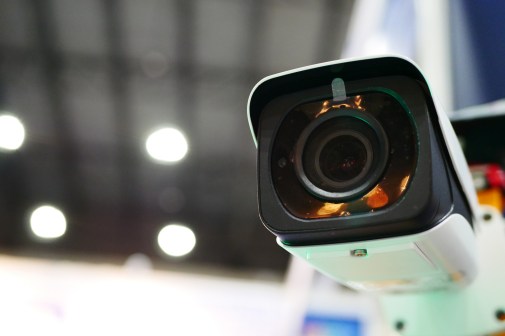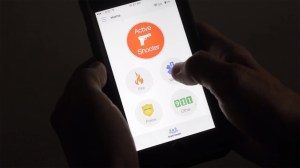Florida schools turn to emergency tech after campus shootings
A growing number of Florida public schools and universities are adopting an emergency technology solution in response to school shootings happening around the country — and in the state’s own backyard.
Nearly 200 schools — including 75 schools in Florida’s Osceola County — along with Florida State University have opted to install the real-time interoperability solution from Mutualink , a Connecticut-based company that launched in 2016 to provide solutions for first responders, armed forces and K-12 schools and colleges.
Following the tragedy at Marjory Stoneman Douglas High School in February, when a gunman entered the Parkland, Florida, school and killed 17 students and staff members, school leaders throughout the state have been reevaluating safety measures and deploying more resources. Those have started to include high-tech applications and facial recognition software.
Osceola joins Seminole and Sumter County schools in Florida, as well as schools in Rhode Island, Massachusetts, Pennsylvania, New York and New Jersey, in adopting Mutualink’s solution, the company said. It allows teachers and staff members to have direct communication with first responders through an app that has a secure live video streaming service.
“The inability for first responders to effectively communicate with school personnel and other partner agencies during emergencies is cited as a major cause of costly delay and the impairment of swift action,” said Mark Hatten, founder and CEO of Mutualink. “Our solution closes that critical gap. … In an emergency, time saved communicating and instantaneous information-sharing with first responders can save lives.”
Pete Gauntlett, chief of police and director of public safety for the city of St. Cloud, in northern Osceola County, said the rapid-fire communications features would be an invaluable tool for law enforcement in the event of a crisis situation.
“We have a very sophisticated 911 center that has the capacity to monitor video feeds, and Mutualink allows us to dial right into [the schools’] cameras and see what’s going on,” Gauntlett said in an interview with EdScoop. Other companies that provide similar emergency technology to schools include Raptor Technologies, which integrates with student information systems and can access student locations during a crisis.
Teachers and administrators are able to download Mutualink’s app on their phones, and with the tap of a red panic button, the entire school community and police department are immediately notified that there is an emergency situation. Police are then able to access video feeds on their laptops to track movements of people in the building.
A typical installation, including video and radio interoperability, plus the panic button capability, can start at around $5,000 per school, with ongoing costs that could make that figure reach roughly $10,000 a year.
“The primary benefit is that instant alert button,” said Gauntlett. “It’s critical because, in many cases, with our shootings around the country, there is great chaos and confusion, and teachers don’t know if it’s real or something else. This way they know to lock their doors or flee the building. We can minimize risk.”
David Perry, assistant vice president for public safety and chief of police for Florida State University, said advanced technologies will go a long way in supporting law enforcement for a host of emergency situations, including weather-related disasters and other calamities.
“The university has experienced several weather and, unfortunately, man-made emergencies over the years, and using current technologies is expected by the parents, students and employees at the university,” Perry said.
“Emergency apps, videos and other tools are used to prepare for critical incidents as well as respond to them when they occur,” he continued. “The university president and vice president for finance and administration have been instrumental in significantly improving the safety and life-saving tools deployed within the FSU Police Department.”
Perry added that Mutualink’s steady roster of clients — from sporting stadiums to hospitals to transit systems — helped when deciding which tech tool to choose.
“Other options were reviewed and considered, but in the end, Mutualink’s reliability and dependability at mass gathering events while providing support to federal, state and other law enforcement agencies was unmatched,” he said.
Gauntlett said the the solution is critical in ensuring that schools are able to transmit information despite possibly spotty Wi-Fi in heavily insulated buildings. Mutualink’s interoperability network is transport and device agnostic, and can be used through public or private LTE, satellite or terrestrial broadband.
“If you think about active shooters, the majority of the incidents are over in a matter of a few minutes,” said Gauntlett. “So time is of the essence. The faster someone can hit the panic button, that will make a difference between a near tragedy and a tragedy.”
Reach the reporter at corinne.lestch@edscoop.com and follow her on Twitter @clestch and @edscoop_news .




